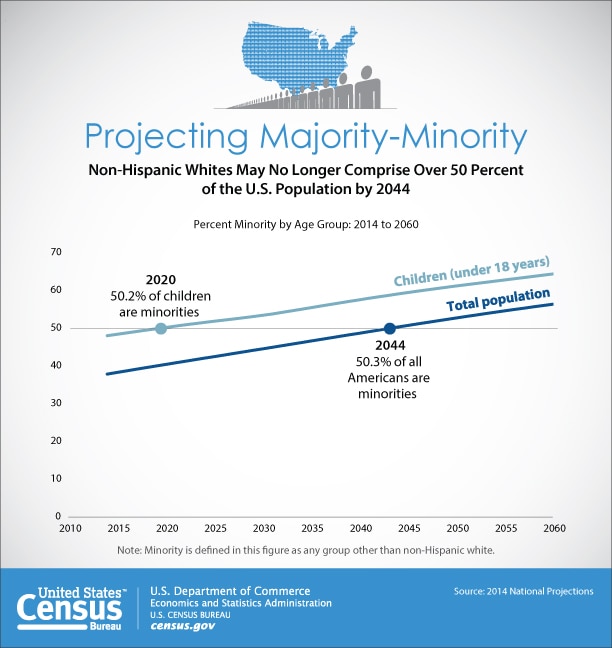Imagining a future where racial reassignment surgery is the normPosted in Anthropology, Articles, Book/Video Reviews, Communications/Media Studies, Media Archive on 2015-03-06 00:32Z by Steven |
Imagining a future where racial reassignment surgery is the norm
Quartz
2014-09-27
Marcia Alesan Dawkins, Communications Professor
University of Southern California, Annenberg
Jess Row’s haunting new novel, Your Face In Mine, is an invitation to the future, an era bound only by the limits of imagination, money, and technology. It’s a time when you can edit anything about yourself—your location, occupation, your status and even your race—if you are a part of the right network.
In the future Row casts, some of us have grown accustomed to the sights and sounds of diversity and the ideal that law and culture treat every person equally. While others are experiencing “racial dysphoria,” or significant discontent with the racial identities we’ve been assigned at birth or the stereotypical roles associated with those racial identities. Row’s novel argues that racial dysphoria stems from the failure of racial assimilation in our techno-driven world. It’s a sign that racism persists even as race no longer seems to matter. The future Row casts is eerily reminiscent of what many cultural critics call our “post-racial” present, a time in which real racism persists without any real racists to blame…
Read the entire article here.


